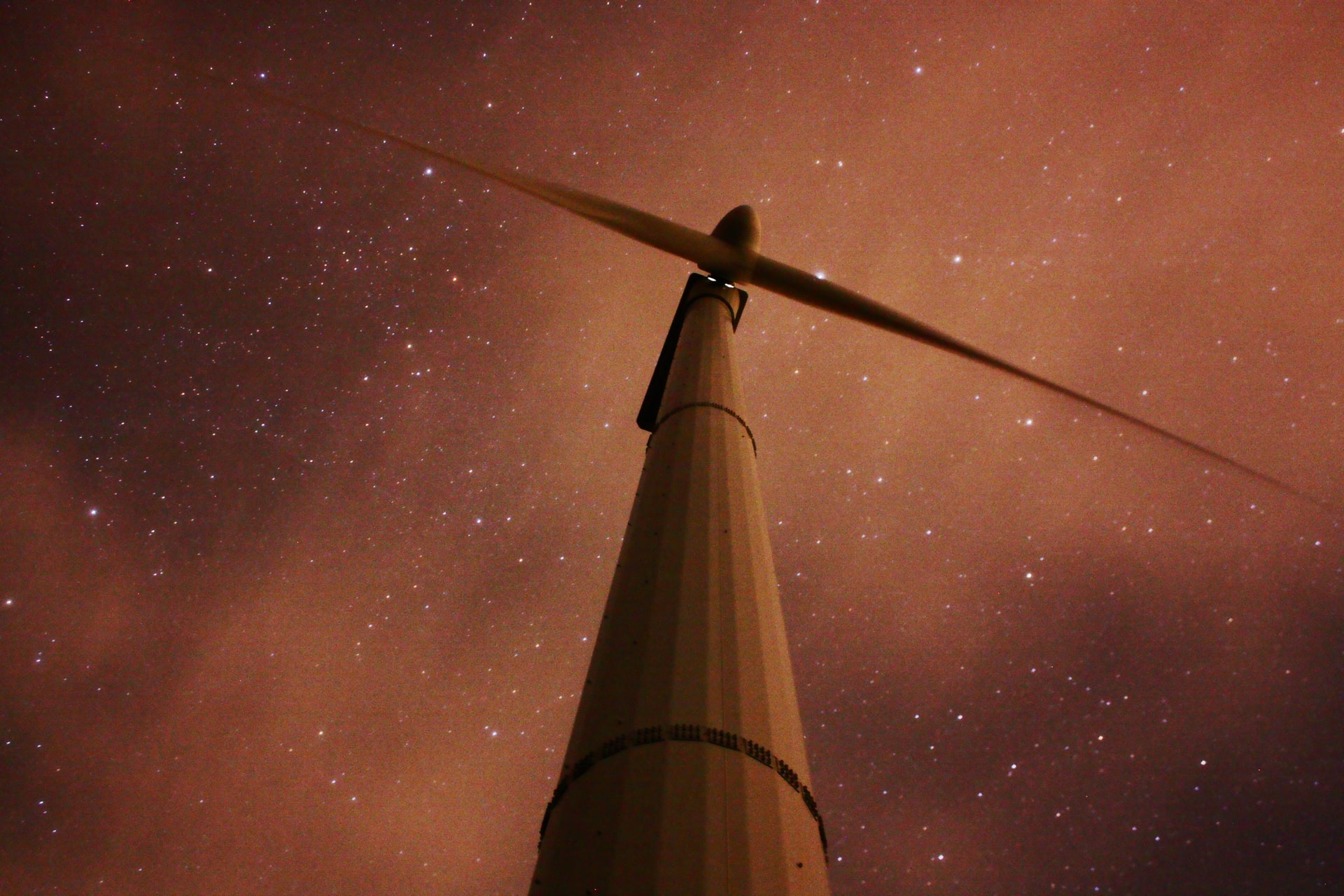

UK hydrogen ambitions boosted by record offshore wind auction
If the UK is to be a leader in the emerging hydrogen economy, it will be off the back of its world-beating offshore wind industry.
Home to the world’s biggest offshore wind farm, the UK was also the largest market for offshore wind until last year when it was overtaken by China.
Offshore wind is important because it is the source of the renewable energy that will power the electrolysers used to split water, creating oxygen and clean hydrogen.
Renewable energy was the biggest source of electricity in the UK in the first quarter of this year, providing 38.2 TWh or 45.5% of the total 84.0 TWh produced. Offshore wind was the biggest source of renewable energy, providing 14.9% of total electricity generation, while onshore wind delivered 13.9%. Solar PV, by contrast, made up just 2.4% of total electricity production in the period.
While offshore wind is only just ahead of onshore wind in terms of output, the future is very much offshore after the pipeline of onshore projects was interrupted by a moratorium on subsidies for such projects that only ended in 2022 after more than 5 years.

Home to the world’s biggest offshore wind farm, the UK was also the largest market for offshore wind until last year when it was overtaken by China. (Pictured: wind turbines off the shores of Brighton, U.K.)
At the most recent government renewable energy auction earlier this month, offshore wind also showed itself to be the cheapest source of power as it took 7 GW of the 11 GW of projects that qualified for subsidies under the government’s contracts for difference (CfD) scheme.
CFDS provide generators with guaranteed returns by paying the difference between market prices and a pre-agreed ‘strike’ price. That can work both ways as developers can pay the government when, as currently, wholesale power prices are above the strike price.
The price of UK offshore wind has fallen 70% since it was first allocated subsidies in 2015 and fell almost £2/MWh compared with 2019’s offshore wind auction, even though developers are facing considerable inflationary pressures.
In April this year, responding to the surge in energy prices following Russia’s invasion of Ukraine, the UK government raised its target for offshore wind capacity to 50 GW by 2030 from 40 GW.
Today, it has 12.7 GW of connected offshore wind energy across 44 wind farms containing over 2,500 turbines. That includes Hornsea One, with a capacity of 1,218 MW, currently the world’s largest offshore wind farm.
There have been serious questions about whether the UK can meet that target but steps have been bringing it into the realms of possibility, including cutting the usual planning period for offshore wind projects to 1 year from 4 years.
Just last week, National Grid ESO published details of what it sees as the optimal transmission requirements for offshore wind. “Pathway to 2030 Holistic Network Design” proposes linking 23 GW of projects with each other and the mainland through hubs that represent a move away from the radial transmission design that has prevailed until now.
It might seem like a peripheral technical issue, but it’s an important step for the UK as it lays the groundwork for forthcoming offshore wind projects.
These projects are vital to the UK’s future domestic hydrogen industry because they will power the electrolysers that produce the clean fuel. The first wave of hydrogen production in the UK is centred around ports and coastal industrial clusters.

There have been serious questions about whether the UK can meet that target but steps have been bringing it into the realms of possibility, including cutting the usual planning period for offshore wind projects to 1 year from 4 years.
In June, Hydrogen East joined a growing list of hydrogen hubs that are progressing around the country, including major government backed industrial clusters in Teesside and the Humber, and the northwest. Smaller projects have been proposed for sites along the south coast including Southampton, Shoreham and Portsmouth.
Hydrogen East, based around Bacton on the Norfolk coast, will have access to the growing roster of offshore wind projects nearby, including Norfolk Vanguard and Sheringham Shoal.
Offshore wind projects with hydrogen plans attached to them include BP and Masdar’s 500 MW HyGreen Teesside project, the smaller Tees Green Hydrogen production centre, launched by EDF Renewables in March, while Shell and RWE said last year they would explore the possibilities of establishing integrated projects for the production of green hydrogen using offshore wind power on a gigawatt scale in in the northeast of England.
In May, Vattenfall was awarded £9.3m in innovation funding from the Net Zero Innovation Portfolio Low Carbon Hydrogen Supply 2 to develop the world’s first hydrogen-producing offshore wind turbine, with the electrolyser sited directly onto an existing operational turbine.
In June, RWE and Scottish Gas Networks (SGN) signed an agreement to investigate the development of wind-supplied electrolysis in Scotland to meet heating demand.
We may not have the solar resources of Brazil, Chile or Namibia but with some of best wind resources in the world, the UK can still be a leader in the hydrogen economy.
It won’t be a shoo-in, however. Billions of pounds of investment will be needed coupled with supportive government policies and the innovation British companies are known for.
With a fair wind behind us, we can stake out a leading position in the global hydrogen economy.
To learn more about HYCAP click here.